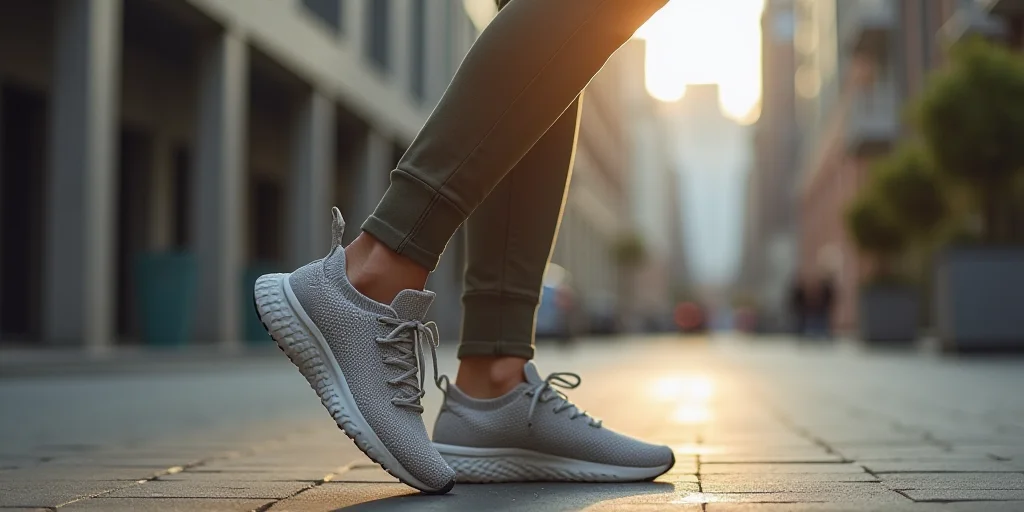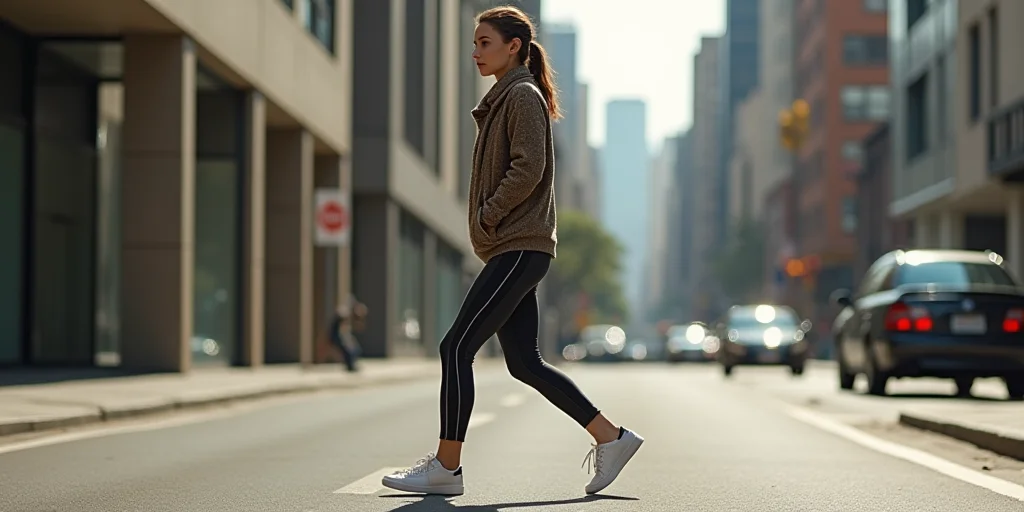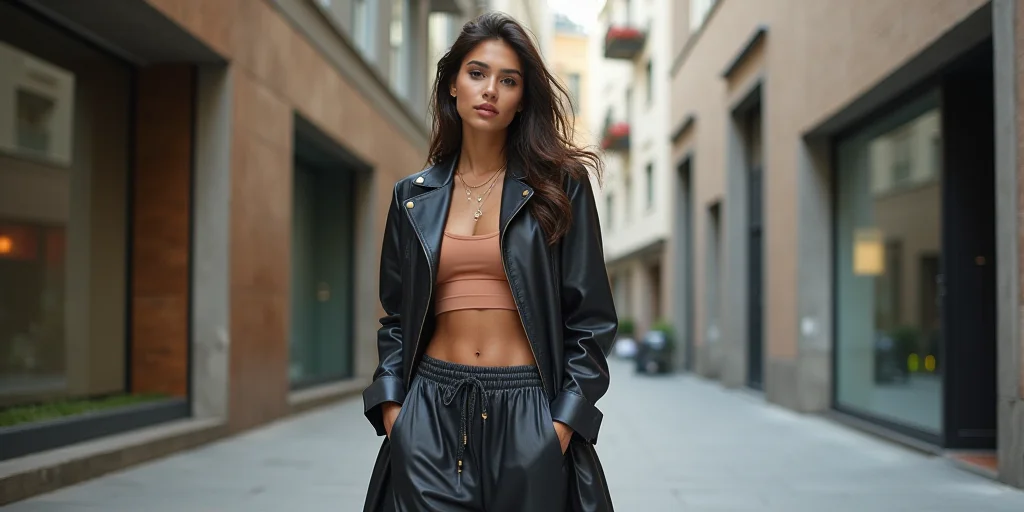Uncovering The Truth Behind Gym Shoes Vs Sneakers
Gym shoes vs sneakers—are they really the same, or is there more beneath the surface? With athletic footwear sales soaring and streetwear culture reshaping fashion, the line between performance and style has never been blurrier. Consumers today want both comfort and flair, pushing brands to innovate at lightning speed. Are you choosing your kicks for functionality, fashion, or both? As demand surges, understanding the real difference in gym shoes vs sneakers becomes essential for smart shopping on platforms like Alibaba.com.

Ethan Carter 2025 09 27
Defining The Difference In Gym Shoes Vs Sneakers
Gym shoes vs sneakers represent two overlapping yet distinct categories in modern footwear. Gym shoes are engineered for athletic performance—offering support, cushioning, and stability during workouts. Sneakers, a broader term, include casual and lifestyle designs ideal for everyday wear. While all gym shoes are sneakers, not all sneakers suit intense training. The global athletic footwear market continues rapid growth, driven by fitness trends and fashion fusion, making informed choices crucial in the gym shoes vs sneakers debate.

Olivia Wilson 2025 09 21
Gym Shoes Offer Superior Support For High-Intensity Workouts Compared To Regular Sneakers
Gym shoes are engineered with stability, ankle support, and durable outsoles to handle lateral movements, weightlifting, and plyometrics. Unlike general sneakers, which prioritize style and casual comfort, gym shoes—like Nike Training Shoes or Adidas Crossknit—feature reinforced midfoot cages and flat, non-compressible soles for better force distribution. As one Reddit user noted, *“I switched from running sneakers to dedicated trainers and immediately felt more secure during box jumps.”* For functional fitness, the right gym shoe enhances performance and reduces injury risk.

Ethan Carter 2025 09 25
Sneakers Excel In Everyday Wear And Light Activity While Lacking In Performance Demands
While sneakers dominate streetwear and casual fashion, their design often sacrifices functional performance. Models like classic Converse or Stan Smiths lack the dynamic cushioning and torsional rigidity needed for intense training. According to a 2023 market analysis, over 60% of consumers use sneakers for walking and light errands, not athletic training. For users prioritizing versatility and aesthetics, sneakers are ideal—but for those engaging in regular fitness routines, transitioning to purpose-built training shoes significantly improves comfort and biomechanical efficiency.

Marcus Smith 2025 09 15
Gym Shoes Vs Sneakers: What Reddit Users Really Think
When it comes to gym shoes vs sneakers, Reddit users are deeply invested in functionality, comfort, and value. One of the most discussed topics is the distinction between purpose-built gym shoes—designed for stability during weightlifting or cross-training—and versatile sneakers favored for casual wear and light activity. Consumers consistently prioritize arch support, durability, and price-to-performance ratio. Positive feedback often highlights brands offering "cross-trainers that don’t kill your feet after an hour", with praise for models that blend gym-ready support with street-style appeal. However, common complaints include misleading marketing—some "hybrid" shoes fail to excel in either gym or lifestyle settings. A recurring suggestion is greater transparency in product descriptions, especially regarding sole rigidity and ankle support. Users also recommend trying multiple fits before buying, noting that sizing varies significantly across regions and brands. Several threads mention finding high-quality, budget-friendly options on platforms like Alibaba, where bulk ordering allows small retailers to test diverse styles with lower risk. Ultimately, Reddit’s consensus emphasizes matching the shoe to its primary use—don’t let style override function when training intensity demands real support.

Chloe Davis 2025 09 22
Gym Shoes Vs Sneakers Purchasing Guide
| Feature |
Gym Shoes |
Sneakers |
| Support & Stability |
High arch and ankle support, designed for lateral movements, ideal for weightlifting and gym workouts |
Moderate support; optimized more for casual wear than intense physical activity |
| Cushioning & Impact Absorption |
Firm cushioning to stabilize during heavy lifting, less compressible midsole |
Softer, responsive cushioning for comfort in walking or standing all day |
| Outsole Traction |
Durable rubber with multidirectional patterns for grip on gym floors during dynamic exercises |
Smooth or fashion-oriented treads, less effective on slick indoor surfaces |
| Fit & Flexibility |
Semi-rigid structure with secure lockdown fit to prevent foot roll during strength training |
Flexible uppers and stretchy materials for ease of movement and all-day wear |
| Style & Versatility |
Functional design focused on performance, limited fashion appeal outside the gym |
Trend-forward aesthetics, available in wide color ranges, easily paired with casual attire |
| 💡 Tips: |
Gym shoes are engineered for athletic performance, offering stability during high-intensity training, weightlifting, and cross-training. They protect your feet and joints under load. Sneakers prioritize comfort and style for everyday wear. Choose gym shoes if you're serious about fitness and need reliable support. Opt for sneakers if you want a versatile, comfortable shoe for walking, commuting, or casual outings. For best results, match your footwear to your primary activity—your feet and performance will benefit most. |

Daniel White 2025 09 14




















